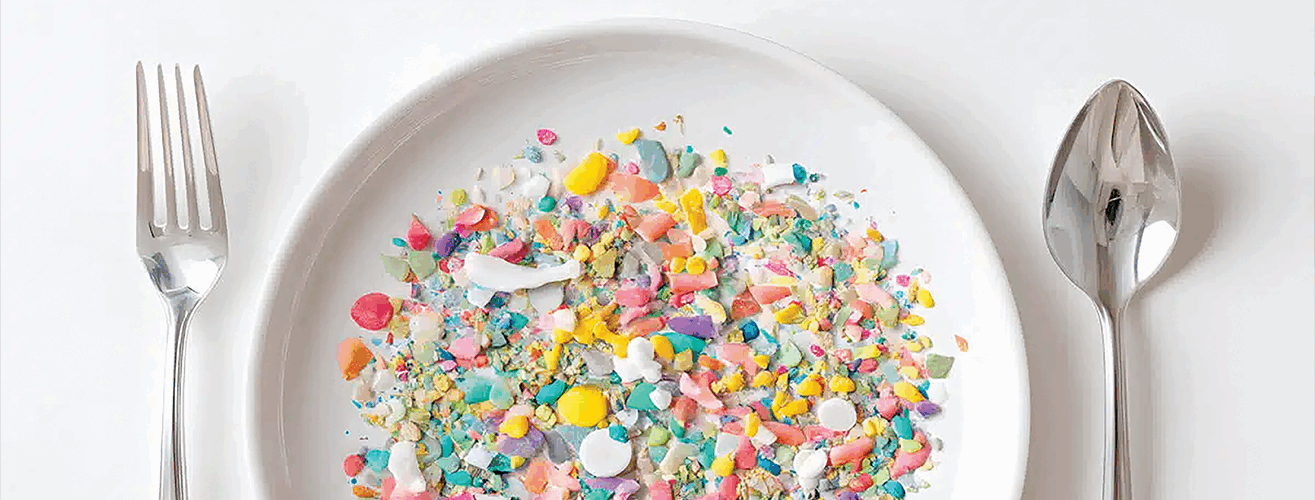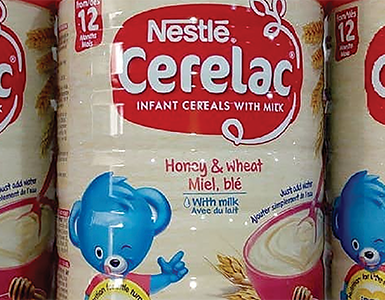INVISIBLE: Scientists estimate that people ingest between 40 000 and 50 000 micro-plastic particles annually through food and beverages alone…
By Own Correspondent
DAVIS, California — Millions across the world inadvertently dining on tens of thousands of plastic particles annually.
Now, researchers have figured out what all that plastic might be doing inside your body. A new study suggests these invisible invaders could be messing with your metabolism, liver, and blood sugar.
New research from the University of California, Davis, reveals that nanoplastics—those impossibly small plastic particles found in food and drinks—may cause glucose intolerance and liver damage. But before you swear off all packaged food forever, here’s what you actually need to know. These plastic particles are so tiny that they’re measured in nanometers, which is billionths of a meter. Yet despite their microscopic size, these particles pack a concerning punch when it comes to our health.
This research was presented at NUTRITION 2025, the annual meeting of the American Society for Nutrition. Amy Parkhurst, a doctoral student who led the study, wanted to understand what happens when we regularly consume these plastic bits.
Scientists estimate that people ingest between 40 000 and 50 000 micro-plastic particles annually through food and beverages alone. Some studies put that number as high as 10 million particles per year. Every time you eat or drink something, you’re likely consuming thousands of these invisible fragments.
These particles come from plastic breaking down into smaller and smaller pieces. When plastic packaging degrades, when synthetic clothing sheds fibres in the wash, or when plastic waste breaks apart in the environment, it creates micro- and nanoplastics that eventually end up in our food chain. They’re in seafood, drinking water, table salt and even honey.
Polystyrene, the type of plastic studied, is particularly common in food packaging. You’ve probably encountered it in disposable cups, takeout containers, and protective packaging around groceries.
For this study, researchers gave 12-week-old male mice a daily dose of polystyrene nanoparticles mixed into their regular food. The dose, 60 milligrams per kilogram of body weight, was carefully chosen based on what humans are actually exposed to and previous studies that showed health effects at similar levels.
Researchers tracked the mice for seven weeks, monitoring their glucose tolerance, liver function, and gut health. Glucose tolerance tests measure how well the body processes sugar.
Mice consuming nanoplastics showed signs of glucose intolerance, meaning their bodies struggled to process sugar normally. This matters because glucose intolerance can be a precursor to diabetes.
The nanoplastic-fed mice showed elevated levels of alanine aminotransferase (ALT), an enzyme that signals liver injury. When liver cells are damaged, they release ALT into the bloodstream, making it a reliable marker for liver problems.
Mice also experienced increased gut permeability, meaning their intestinal walls became more “leaky.” This allowed higher levels of endotoxins (harmful bacterial compounds) to enter their bloodstream, which contributed to liver dysfunction.
While this study used mice, glucose intolerance and liver damage are serious health concerns that affect millions of Americans. The fact that nanoplastics can cause these problems in laboratory animals suggests they might pose similar risks to people.
Research team members acknowledged they couldn’t control for all plastic exposure in the mice since plastic is everywhere in our environment. However, their study design allowed them to see changes that correlated with the plastic dose, since the group receiving nanoplastics would have higher exposure than the control group.
This research adds to a growing body of evidence suggesting that our plastic-saturated world may be affecting human health in ways we’re only beginning to understand. Nanoplastics have been found in human blood, lungs, and even placentas, indicating they can travel throughout our bodies.
Parkhurst and her team are continuing their research, examining how nanoplastics affect other organs and tissues. They’re also working with other scientists to develop better methods for tracking where these particles accumulate in the body and understanding their effects at a molecular level.
The researchers believe their findings warrant further studies to help inform policy around micro- and nanoplastics, as scientific evidence plays a key role in shaping monitoring efforts and guiding regulations.
From water bottles to microwave containers, plastic is deeply embedded in our food system. While completely avoiding plastic exposure is nearly impossible in modern life, understanding its potential health impacts is important for preserving our health. – Study Finds

































